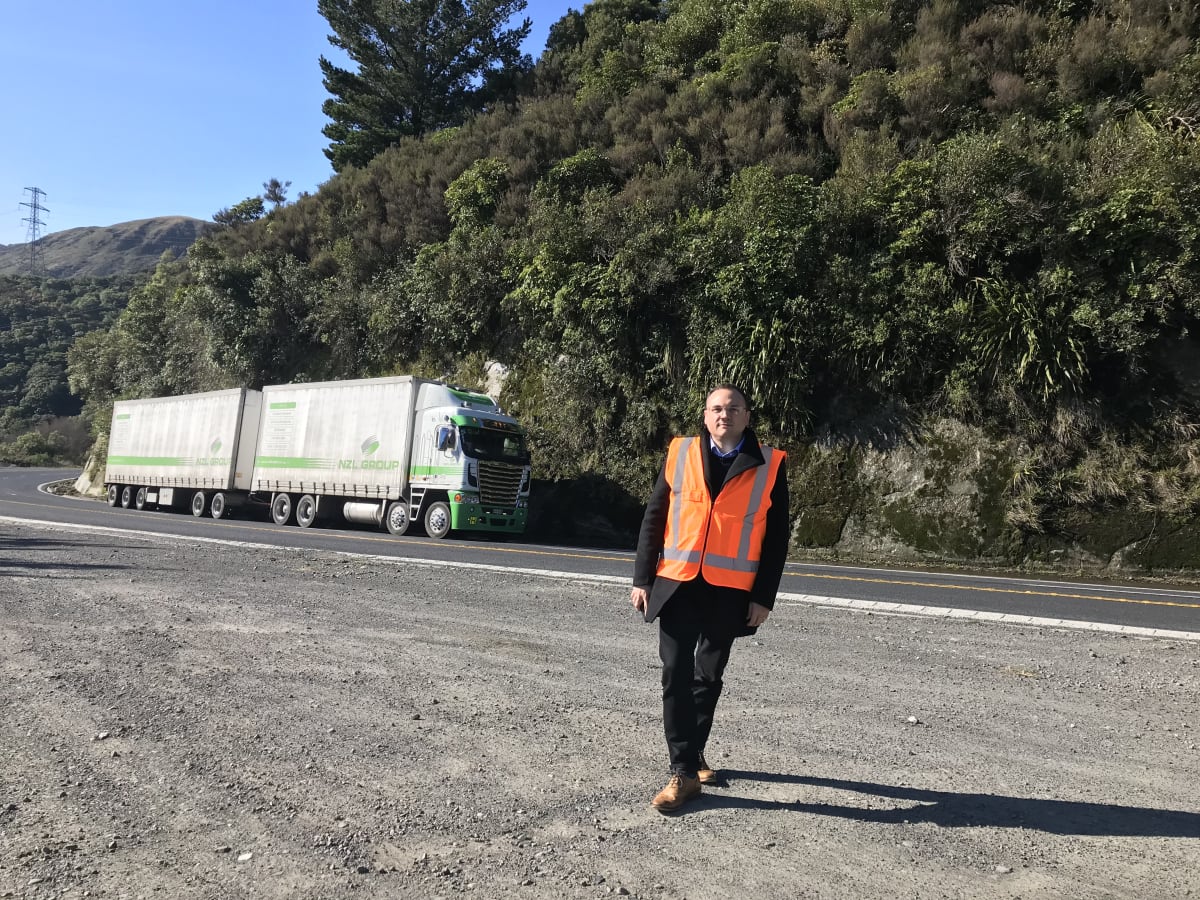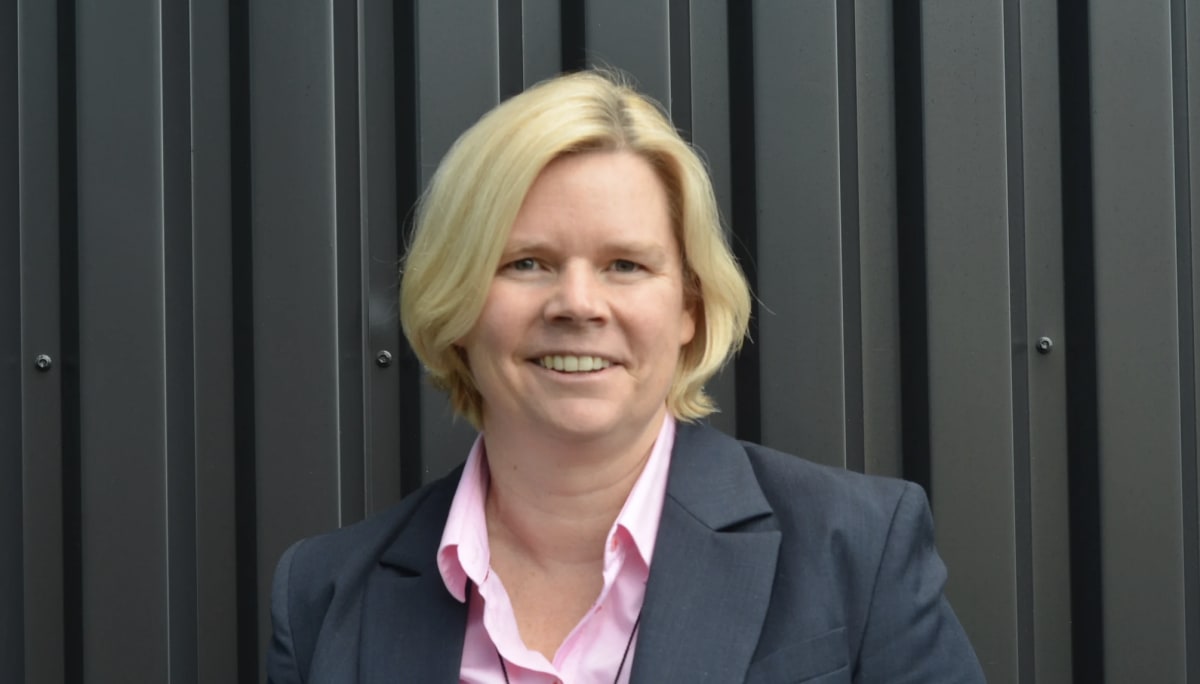
Trucking companies are feeling the pinch of a shortage of drivers - and it’s worse in the big cities, particularly since Covid restrictions eased. Immigration is only part of the answer
Estimates of the number of unfilled truck driver positions vary depending on who you talk to - from 8000, according to an open letter from a group of industry leaders to Immigration Minister Michael Wood sent earlier this month, to 2400 from road freight advocacy group Transporting NZ.
Whichever, it’s a good percentage of a sector employing 40,000-45,000 people.
As the Government this week announced $61 million to push bus driver wages up and hopefully lure more people into the industry to fill shortfalls, the trucking sector is trying to think of ways to do the same recruitment drive without public money.
Nick Leggett is chief executive of industry body Transporting NZ. He reckons there’s been some sort of driver shortage for a quarter of a century, but it’s been worse over the past couple of years, and particularly bad in cities such as Auckland. That’s already pushed wages up - from a median of $26 when they did a survey in early 2020 to over $31 now.
That should keep truckies from going off to drive a bus - the Government is looking at lifting bus wages to only $30, and even that rise is unlikely to be fully implemented until the end of next year. Still, wage rises to $31 have not brought enough people into the industry and to prevent burnout.

“We need to adopt a structured way of bringing in new talent,” Leggett says. "The average age of a truck driver is 54, and 90 percent of them are male. If 90 percent of our workforce is 50 percent of our population, perhaps we need to go hunting in places we have not previously sought staff. And as an industry we need to change our structure to adapt to the needs of women drivers.
“Traditionally the culture has been that it’s trucks that run the industry, not drivers. Increasingly transport operators are changing their focus, so that the basis of this industry is people not trucks. They have to invest in people and pay them decent wages.”
A two-year industry apprenticeship programme, Te ara ki tua Road to Success, introduced in April last year, has so far got only 50 trainees on its books. Leggett aims to have that rise to 1000 over the next 18 months, but that needs employers to come to the party and take on newbie drivers.
One problem is the large number of small operators in the industry. He estimates there are about 6000 road transport companies in New Zealand and 75-80 percent have 10 employees or fewer. It’s harder for a small business to take on a trainee or have the capacity to employ someone who can’t be fully productive.
“Still there are ways around that, by sharing resources, contracting in training, or using the apprenticeship programme."
Beyond immigration
Leggett doesn't see immigration as a sustainable solution. Others don’t agree.
In a letter sent last month to Michael Wood, who holds both the immigration and transport portfolios, a group of industry leaders called for changes to be made immediately to allow more drivers into the country.
"We cannot overstate the degree of strain [the shortage of drivers] is placing on the businesses we represent,” the letter, signed by the Waste Management Industry Forum, the Bus and Coach Association, and National Road Carriers, said. “It is resulting in unsustainable increases in cost, uncertainty and stress, and businesses are being stretched to breaking point in order to uphold commitments to clients and customers, and to the New Zealand public.”
The letter said understaffing was causing “burnout on an unprecedented scale”.
“The elephant in the room in the immigration debate is that more of the industry need to be opening their doors to a trainee.” Nick Leggett, Transporting NZ
“What is required immediately are changes to immigration settings that allow more skilled drivers to enter the country, more quickly.”
But Leggett says a survey of transport operators in 2020 found 80 percent had never employed anyone who had come into the country on a migrant visa.
“The elephant in the room in the immigration debate is that more of the industry need to be opening their doors to a trainee.”
The latest SME Snapshot from accounting software firm MYOB puts numbers around the problem. Asked about staffing levels, 36 percent of SME respondents in the transport, postal and warehousing sectors reported job vacancies, compared with 24 percent overall. Almost 50 percent of transport, postal and warehousing companies said they were finding it hard to fill vacancies, compared with 32 overall.
Waste Management delays collections
At Waste Management, Ingrid Cronin-Knight knows all about that. Last month the company was forced to delay green bin collections in some areas of Auckland for two weeks, so it could prioritise more critical general and medical waste streams.

Cronin-Knight, general manager of customer, sustainability and strategy, says as an essential workforce, the team worked through the various waves of Covid “with lots of overtime and juggling to ensure service consistency”. But since the loosening of restrictions, the company has found itself facing a perfect storm.
“In the last couple of months we have felt the impact of other factors, such as a severe driver shortage, combined with unusually high winter sickness levels and some well-deserved leave, as drivers are now able to travel back to see families overseas.
“We have lost drivers to Australia, and the increased cost of living in Auckland has not helped either, with some drivers electing to move from Auckland for better affordability.”
Cronin-Knight estimates Waste Management has 40-50 vacancies out of a total pool of 1800 drivers, including owner-operators. Filling roles and training new drivers is challenging because driving a waste truck takes a different set of skills to long-haul driving.
“They are emptying 1200-1400 bins a day, start-stop, a lot of obstacles - it takes a certain temperament. When you ride along, you see they are intensely focused on what goes into the truck, watching out for sparks or fires.”
Wage rates for drivers at Waste Management have gone up 25 percent in the past two years, Cronin-Knight says.
At Woolworths NZ, owner of the Countdown supermarket chain, head of supply chain logistics Graeme Doull says the limited availability of truck drivers is forcing a search for both long and short term solutions to the way the company moves products around.
"This includes sending extra stock to our stores ahead of key trading periods, for example long weekends or Christmas, and working closely with our carrier partners to forecast volume well in advance. We're also trying to find innovative ways to move more product around the country using less trucks, for example by finding new route efficiencies."
Doull says driver shortages across the trucking industry have forced carriers to collaborate to keep deliveries running as smoothly as possible.
"We’ve even heard of a few trucking senior leaders getting behind the wheel themselves!"
Drivers, but no trucks
At Mainfreight, managing director Don Braid says he’s facing a different challenge - a shortage of trucks for his mainly owner-operator drivers to drive.
“We have people wanting to start with us and they can’t because there’s a shortage of vehicles in the country. We are paying our drivers more because they aren’t just line haul - they are running a business in conjunction with Mainfreight, but the supply of equipment is the problem.

Louisa Jones, assistant general secretary at First Union in Auckland, says truck driving as a job has changed over the years - and not necessarily for the better.
“It used to be that you had a level of autonomy but because of the level of competitive tendering and the number of owner-drivers on the road all competing for work, sometimes people have to work excessive hours.”
Meanwhile, driver-facing cameras, used to keep drivers awake and prevent accidents, are seen by many as an invasion of privacy.
Earlier this year First Union launched a campaign for a “safe rate” for truck drivers - a system of sustainable wages across the board aimed at easing the pressure to speed, overload and drive while tired.
South Korea introduced a safe rate minimum wage in 2020, and truck drivers went on strike earlier this year to force the government to extend and expand the system.
The new Australian Labor government is under pressure from unions and some industry bodies to set up a similar scheme.
“In New Zealand there is a transport health and safety group made up of key employers, Government and unions looking at a safe rates project and what good working conditions look like in the trucking industry,” Jones says.








